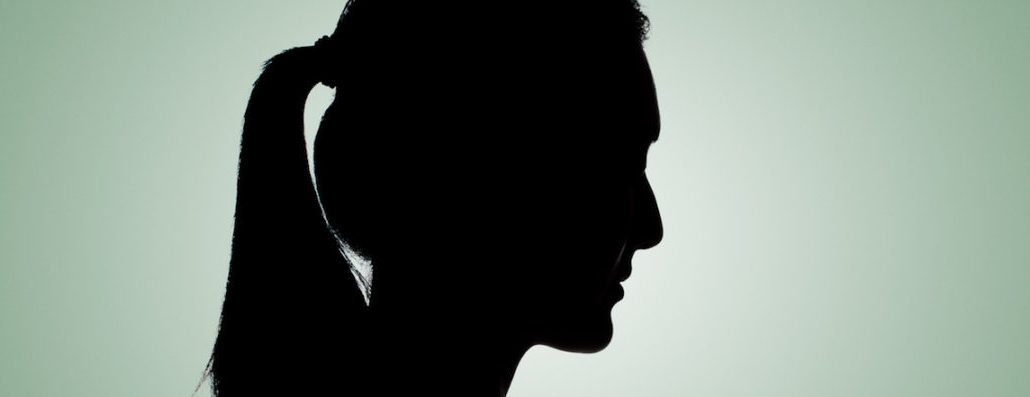Save 50% on a 3-month Digiday+ membership. Ends Dec 12.
Confessions of a brand manager on Twitter: ‘It’s more toxic than ever’

This article is part of our Confessions series, in which we trade anonymity for candor to get an unvarnished look at the people, processes and problems inside the industry. More from the series →
For brands, the struggle against Twitter trolls is all too real.
In the latest in our Confessions series, where we grant anonymity in exchange for honesty, a digital marketing manager from a high-end cosmetics brand gives us the view from the front line. Users, it seems, are angrier than ever.
Responses have been lightly edited for clarity.
You’ve said Twitter has become a toxic place for brands. When did you notice a change?
Within the last year, it’s gotten really bad. Twitter has become a less exciting and engaging space in general, but part of the reason is because it has become a customer service-based channel. People are used to getting a quick response. When I think of it now, I think of lots of angry, impatient people.
If someone’s not happy, the reaction is always the same. There’s no middle ground, just all-out rage. To them, we are the worst people in history. If people don’t get the answer they want, they can become trolls. They don’t realize there is a person behind that screen; they see it as an outlet to vent.
How do you deal with that as a brand?
However you might view something, someone somewhere will view it badly. We try and post content that’s fairly neutral, often over-analyzing every word. We always expect the worst.
A couple of times a year, we have events that we know might cause problems with limited-edition items. For example, the first year one item went on sale, it sold out quickly, and there was huge backlash.
Where do you think this anger stems from?
People expect answers there and then. Some brands with big budgets and teams respond in a matter of minutes. For everyone else, it has made it very difficult now there’s that sense of urgency.
Smaller brands must incorporate social into their customer service in the best way we can. So the social team becomes customer service reps as part of the job. It is draining when the other half of your job is to be creative and think strategically, trying to juggle that mentality day to day.
How does it impact how you work?
We’ve actually scaled back the hours we’re available at evenings and weekends. I remember someone sent in a question at 11 p.m. Friday night, and by 9 a.m. Saturday morning they were complaining they hadn’t got an answer. It just leaves me gobsmacked. People tell us we’re the worst people in the world. It’s hard not to take that personally. So many times I’ve wanted to reply and say, “I’m at home on my sofa on a Sunday. This should be my time off. I can’t help you!” I don’t know if they think we are robots; I guess some brands have them now. So many times I’ve wanted to throw my phone at a wall.
How do other social platforms compare to Twitter?
On Instagram, we used to have a real troll problem around two years ago. We stopped announcing the names of competition winners as they’d get bombarded with c-words and horrible stuff.
We put our own guidelines in our Instagram bio and in the copy of our posts we’d make it clear (in caps) that if people were mean, we’d block them. We blocked no more than 100. Then we toned that down to a footnote reminding people to be nice. People will always make mean comments, but there are no personal attacks any more.
It’s easier to manage expectations on Facebook as people don’t expect as quick a response.
Have you ever considered leaving Twitter?
It’s never off the table. At the moment, it’s still manageable, and I don’t want to neglect the good followers we do have on there just because it’s not the easiest channel.
How we change customer service in the future will dictate if it stays. I don’t know what its future holds. As other channels grow and develop, it’s harder and harder to manage everything. Budgets are getting split, but teams don’t get bigger, and right now Twitter is being dwarfed a little bit.
More in Marketing

In Graphic Detail: Here’s what the creator economy is expected to look like in 2026
Digiday has charted its expected revenue, key platforms for creator content as well as what types of creators brands want to work with.

Ulta, Best Buy and Adidas dominate AI holiday shopping mentions
The brands that are seeing the biggest boost from this shift in consumer behavior are some of the biggest retailers.

Future of Marketing Briefing: AI confuses marketers but their own uncertainty runs deeper
That was the undercurrent at this week’s Digiday Programmatic Marketing Summit in New Orleans.





